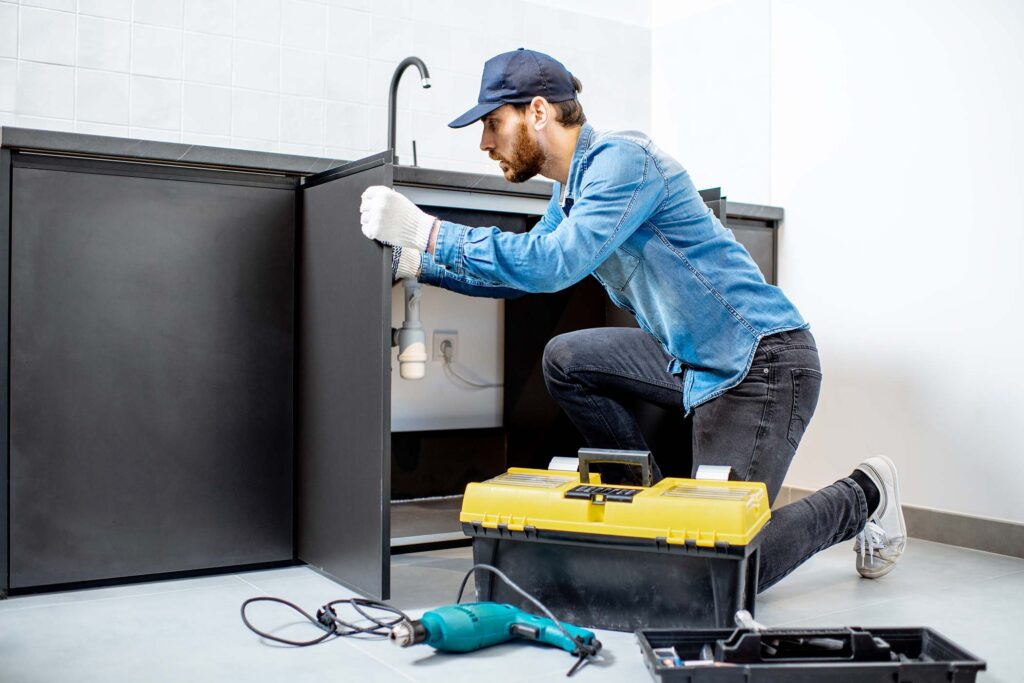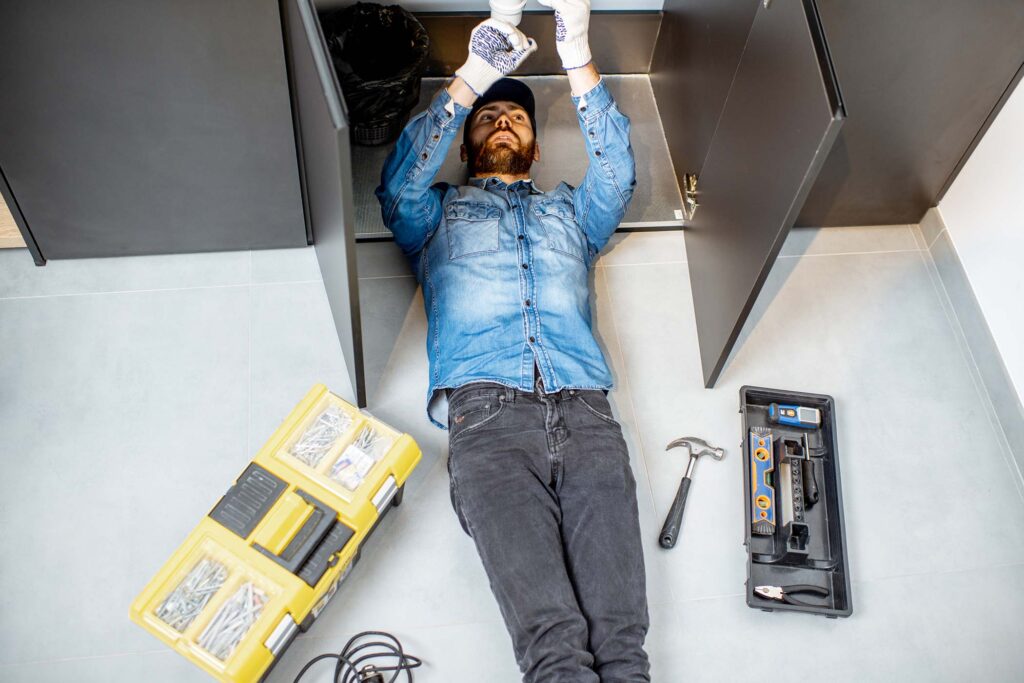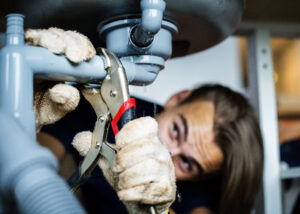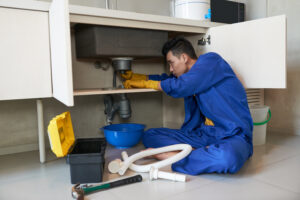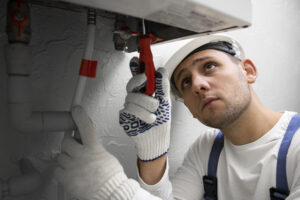
A water heater is one of the most essential appliances in any home, providing hot water for showers, dishwashing, and laundry. However, like all appliances, it requires regular maintenance to function efficiently and avoid costly repairs. In this guide, we’ll walk you through some straightforward steps to help keep your water heater in good condition. Following these tips can extend the lifespan of your heater, lower your energy bills, and ensure that you always have hot water when needed.
Why is Regular Maintenance Important?
Many people don’t think about their water heaters until something goes wrong. However, regular maintenance can prevent costly repairs, extend the unit’s life, and keep running smoothly. A well-maintained water heater is more energy-efficient, uses less electricity or gas to heat water, and lowers utility bills. Proper water heater care is essential in Chicago, where cold winters put extra pressure on your home’s heating systems. Neglecting your water heater could lead to a breakdown at the worst possible time—right when you need it most!
Key Areas of Water Heater Maintenance
Several key areas of your water heater need regular attention. Let’s explore each one in detail.
Check the Temperature Setting
One of the simplest ways to maintain your water heater is by regularly checking the thermostat. Most experts recommend setting the temperature to around 120°F. This setting is hot enough to meet your needs but not so high that it causes scalding or wastes energy. If the temperature is too high, the water heater must work harder, increasing wear and tear and energy consumption.
Flush the Tank Regularly
Over time, sediment builds up at the bottom of your water heater tank. This can make the heater work less efficiently and even cause damage to the tank. Flushing the tank removes these deposits and helps the heater run more smoothly. Experts recommend flushing the tank once a year. Here’s how you can do it:
- Turn off the heater: Shut off the power to an electric heater or turn off the gas valve for a gas heater.
- Attach a hose: Connect a garden hose to the drain valve at the bottom of the tank and run the hose outside or to a drain.
- Open the valve: Let the water (and any sediment) drain out of the tank until it runs clear.
- Close the valve: After draining, close the valve, remove the hose, and refill the tank.
Flushing the tank keeps your water heater functioning efficiently and prevents damage that could lead to leaks.
Inspect the Anode Rod
The anode rod is a crucial component inside the water heater. It’s a metal rod that helps prevent corrosion inside the tank by attracting rust. Over time, the anode rod can wear out and should be replaced every 3-5 years, depending on your water quality. To inspect the anode rod:
- Turn off the power or gas to the water heater.
- Locate the rod: It’s usually found at the top of the tank.
- Remove and inspect it: If it’s rusted or worn down to less than ½ inch in diameter, it’s time to replace it.
Replacing the anode rod is an easy and affordable way to extend the life of your water heater.
Test the Pressure Relief Valve
The pressure relief valve is a safety feature that prevents your water heater from exploding if too much pressure builds up inside the tank. Testing this valve is simple but essential. Here’s how to do it:
- Turn off the heater: Ensure the power or gas is off.
- Place a bucket underneath: This will catch any water that comes out during the test.
- Lift the valve: Gently lift the lever on the valve to release some water. If water flows freely, the valve is working correctly. It might need to be replaced if no water comes out or it keeps dripping after the test.
Testing the pressure relief valve should be done at least once a year to ensure it’s functioning correctly.
Insulate the Heater and Pipes
Insulating your water heater, especially in an unheated area like a garage or basement, can prevent heat loss and improve energy efficiency. Insulating your pipes also helps deliver hot water faster, reducing wasted water while you wait for it to heat up.
You can buy inexpensive insulation blankets designed for water heaters. Be careful not to cover the thermostat or the top of gas heaters.
Check for Leaks
Regularly inspect your water heater for any signs of leaks, particularly around the tank’s base and the connections at the top. Even a small leak can indicate a bigger problem, like corrosion inside the tank, which could lead to a costly repair or replacement. If you notice any leaks, it’s a good idea to call a professional plumber to take a look.
Conclusion
Maintaining your water heater doesn’t have to be complicated, but it’s important to do it regularly to keep everything running smoothly. Checking the temperature setting, flushing the tank, inspecting the anode rod, testing the pressure relief valve, and insulating your unit are all simple steps that can save you from unexpected breakdowns and costly repairs. Remember, while regular maintenance can extend the life of your water heater, it won’t last forever. If your water heater is over 10-15 years old, you might want to consider replacing it before it fails.
If you have any concerns or need major repairs, contact Chicago Plumbing for professional assistance. They can ensure your water heater stays in top shape year-round.
